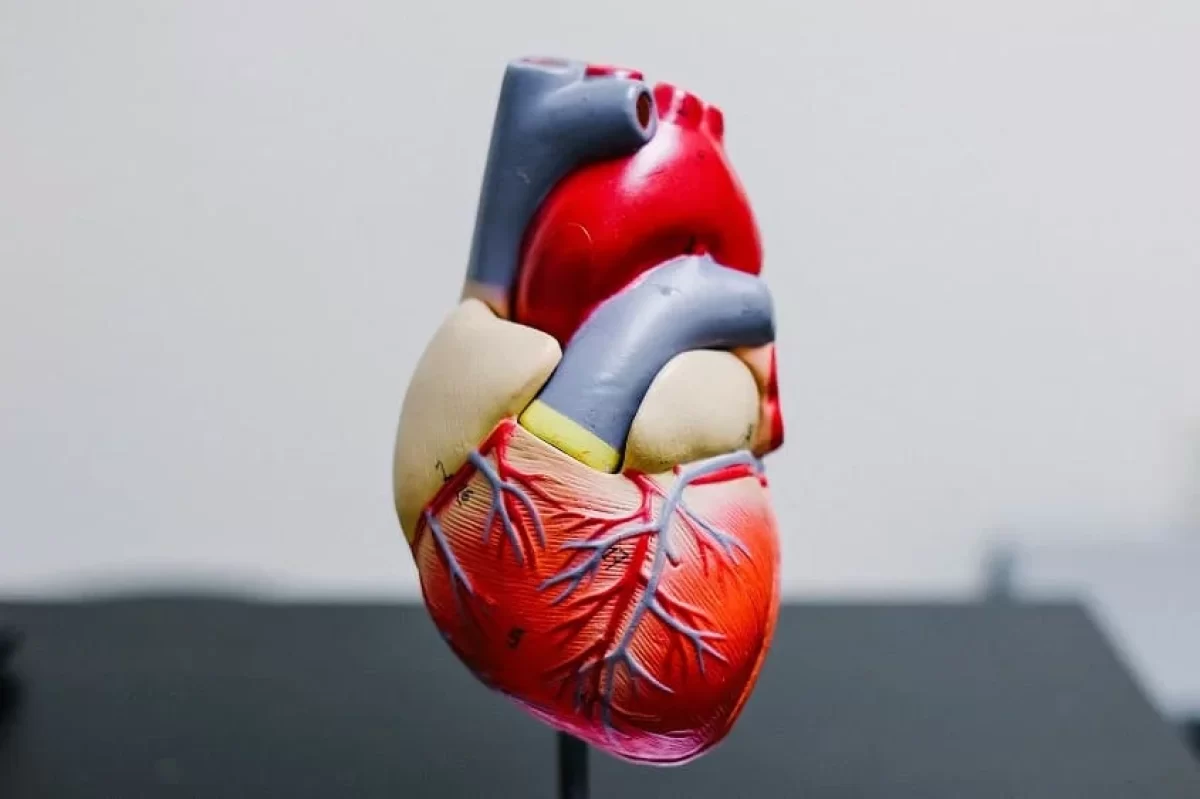In the intricate landscape of healthcare, accurate documentation and coding are paramount. This article delves into the convergence of two critical elements: ICD-10 and aortic stenosis. Let’s unravel the complexities and understand the synergy between these two entities.

II. Understanding Aortic Stenosis
A. Causes and Risk Factors
Aortic stenosis, a condition affecting the heart’s aortic valve, has multifaceted origins. Delve into the intricate web of causes and associated risk factors that contribute to the development of this cardiovascular ailment.
B. Symptoms and Diagnosis
Recognition is the first step towards mitigation. Explore the nuanced symptoms that manifest in aortic stenosis and the diagnostic processes that lead to timely intervention.
III. Importance of ICD-10 Coding
A. Role in Healthcare Documentation
ICD-10, the international standard for medical coding, plays a pivotal role in healthcare documentation. Understand its significance as the backbone of precise medical records.
B. Precision in Aortic Stenosis Identification
Coding accuracy is paramount when dealing with aortic stenosis. Discover how proper ICD-10 coding ensures the precise identification of this cardiovascular condition in medical records.
IV. ICD-10 Codes for Aortic Stenosis
A. Code Structure Explanation
Decipher the code! Explore the intricacies of ICD-10 coding and understand how the structure of these codes provides specific information about aortic stenosis.
B. Specific Codes for Different Types
Not all aortic stenosis cases are the same. Uncover the specificity within ICD-10 codes, catering to different types and manifestations of aortic stenosis.
V. Benefits of Proper Coding
A. Improved Patient Care
Precision in coding directly correlates with improved patient care. Learn how accurate coding contributes to better treatment plans and healthcare outcomes.
B. Streamlining Medical Billing
Efficiency in medical billing is a byproduct of accurate coding. Explore how proper ICD-10 coding streamlines the financial aspects of healthcare delivery.
VI. Challenges in Coding Aortic Stenosis
A. Complexity of Coding Guidelines
Navigate the challenges posed by the intricate coding guidelines for aortic stenosis. Understand the complexities and nuances that coders often face.
B. Common Mistakes to Avoid
Mistakes happen, but awareness is key. Identify common coding errors and learn strategies to avoid them, ensuring accuracy in medical documentation.
VII. Tips for Accurate Coding
A. Keeping Updated with Coding Changes
Medical coding is dynamic. Stay ahead by understanding the importance of staying updated with coding changes and guidelines.
B. Utilizing Resources and Training
Empower yourself with knowledge. Discover resources and training avenues that can enhance your coding skills, ensuring accuracy in aortic stenosis documentation.
VIII. Real-life Impacts
A. Case Studies of Improved Outcomes
Real-life examples speak volumes. Delve into case studies showcasing the tangible benefits of accurate ICD-10 coding in aortic stenosis cases.
B. Testimonials from Healthcare Professionals
Witness the impact through the eyes of healthcare professionals. Read testimonials highlighting the transformative power of precise coding in aortic stenosis management.
IX. Future Developments in ICD-10 Coding
A. Evolving Standards
The only constant in healthcare is change. Explore the evolving standards in ICD-10 coding and their implications for aortic stenosis documentation.
B. Integration of Technology
The future is tech-driven. Investigate how technology integration is shaping the landscape of ICD-10 coding, promising more efficient and accurate documentation.
X. Conclusion
A. Recap of the Significance
In conclusion, reiterate the pivotal role of accurate ICD-10 coding in the realm of aortic stenosis documentation.
B. Encouragement for Proper Coding
Encourage healthcare professionals to embrace the challenges and benefits of proper coding, emphasizing its positive impact on patient care and overall healthcare efficiency.
FAQs
- What is the primary role of ICD-10 in healthcare?
ICD-10 serves as the international standard for medical coding, ensuring accurate and detailed documentation of various health conditions.
- How does accurate coding contribute to improved patient care?
Accurate coding enhances communication between healthcare providers, leading to better-informed treatment plans and improved patient outcomes.
- What are the common challenges faced in coding aortic stenosis?
Coding aortic stenosis can be complex, with challenges including nuanced coding guidelines and the potential for common errors that need to be avoided.
- Why is staying updated with coding changes crucial for medical coders?
The field of medical coding is dynamic, with regular updates. Staying informed ensures coders are using the latest codes and guidelines.
- How does technology play a role in the future of ICD-10 coding?
Technology is increasingly integrated into healthcare, promising more efficient and accurate documentation processes in ICD-10 coding for conditions like aortic stenosis.









